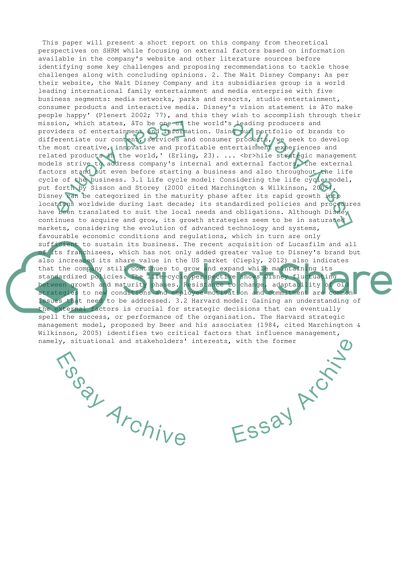Cite this document
(“Strategic Management of HR Essay Example | Topics and Well Written Essays - 1750 words”, n.d.)
Retrieved from https://studentshare.org/management/1469493-strategic-management-of-hr
Retrieved from https://studentshare.org/management/1469493-strategic-management-of-hr
(Strategic Management of HR Essay Example | Topics and Well Written Essays - 1750 Words)
https://studentshare.org/management/1469493-strategic-management-of-hr.
https://studentshare.org/management/1469493-strategic-management-of-hr.
“Strategic Management of HR Essay Example | Topics and Well Written Essays - 1750 Words”, n.d. https://studentshare.org/management/1469493-strategic-management-of-hr.


